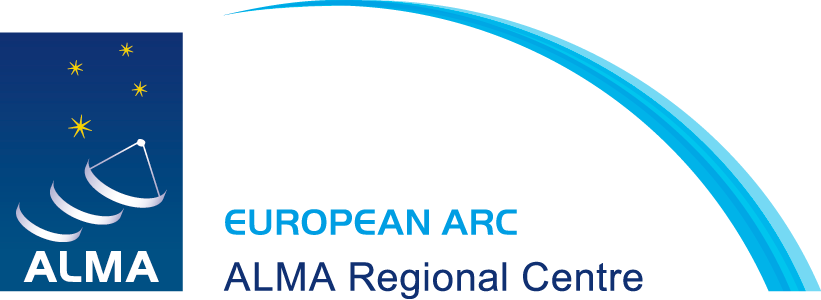A new development study, led by the Nederlandse Onderzoekschool Voor Astronomie (NOVA) in Groningen, aims to produce a refurbished ALMA Band 9 cold cartridge receiver compatible with the ALMA Wideband Sensitivity Upgrade (WSU) requirements. The study will improve several key components. First, the receiver will be upgraded from a double sideband (DSB) to a sideband separating (2SB) configuration to improve sensitivity by suppressing image sideband sky noise. This requires a much more complicated mixer assembly, as well as a doubling of the number of SIS mixer devices and new cryogenic low-noise IF amplifiers. Second, the IF bandwidth will be extended, aiming for the WSU goal of 16 GHz per sideband. Third, the polarization performance will be improved either by improving the alignment of the existing grids or by the implementation of an orthomode transducer.
Development study on a wideband 2SB upgrade of the Band 9 receivers kicks off
Published: 21 Oct 2023

The study team and ESO participants inside the NOVA laboratory. One of the current DSB ALMA Band 9 receivers is on the left, and a partially upgraded 2SB receiver on the right.
This study will build on the legacy from the SEPIA660 receiver at APEX and a previous development study. Partners in this study are the Observatorio de Yebes (Spain) and GARD, the Group for Advanced Receiver Development (Chalmers University, Goteburg, Sweden). The new study had its kick-off meeting on 20 October 2023 and will run for three years. At the end of the study, a prototype upgraded Band 9 receiver will be made available for testing in an ALMA antenna.

